Incredible views of World War II
During World War II, the Army Air Forces employed photographers to take photos from the air on reconnaissance and bombing runs and also on the ground. Phillip Ecelberger served as one of these photographers. The group he served with in Europe flew mostly with C-46 Commando and C-47 Skytrain cargo units, but also with B-26 Marauder and B-25 Mitchell bombers.
Ecelberger, who lived in Winchester, VA, donated his six albums of photos to the Marshall Foundation Library in 2003. The 3″x 3″ photos were taken in the European Theater of Operations and were digitized while still in the albums.

European-based Army Air Forces photography crew.
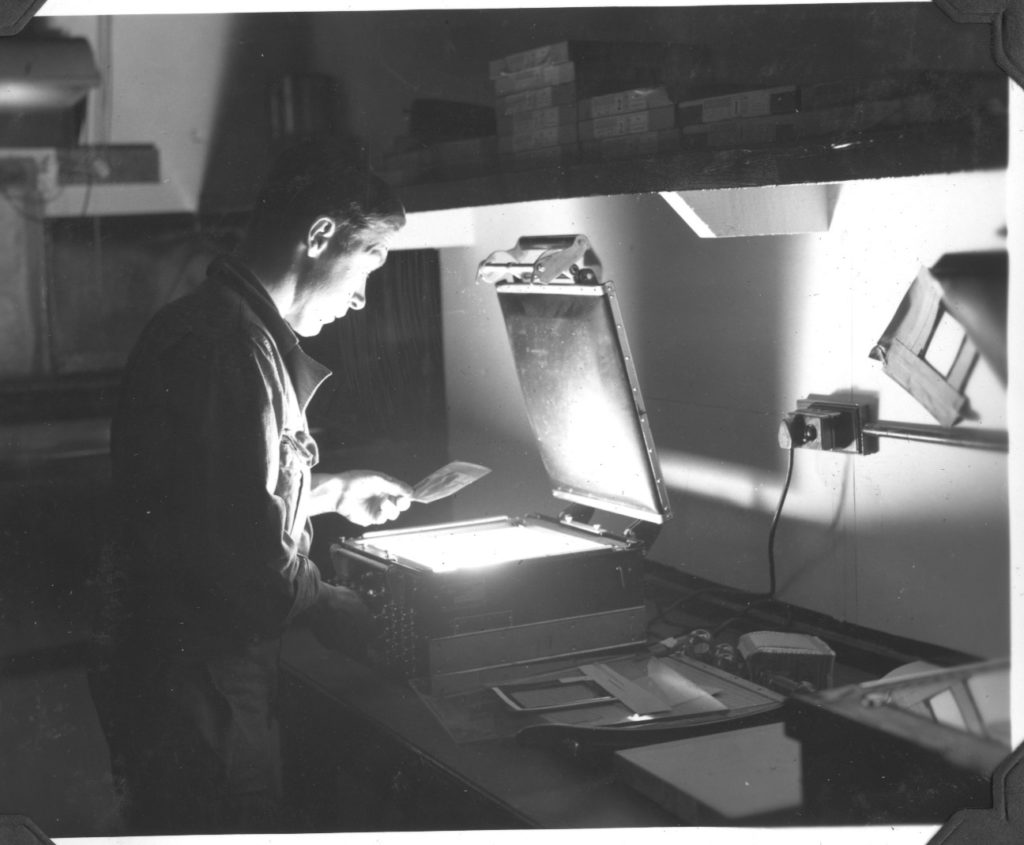
Printing photos in the lab.
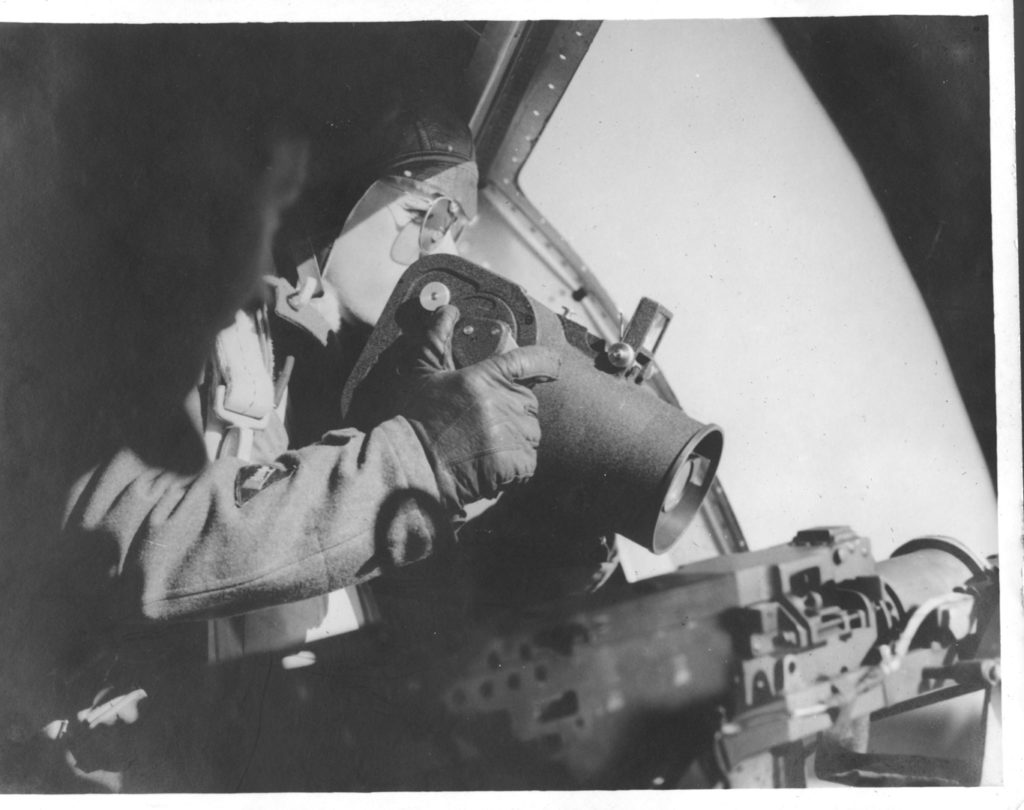
Army Air Forces photographer using his Fairchild K-20 shoots out of the waist-gunner door in a different manner.
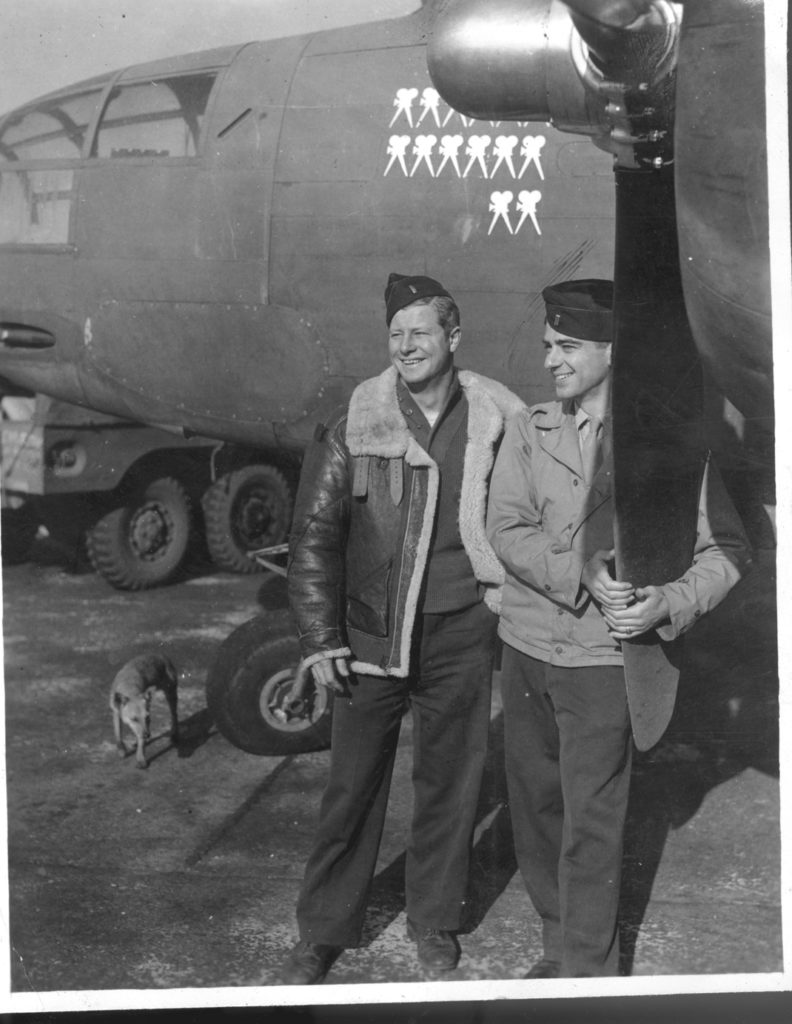
Not all Army Air Forces planes had bombs painted for each run; this B-25 Mitchell had 14 photography runs.
As expected, the Army Air Forces photographers took photos during battles.
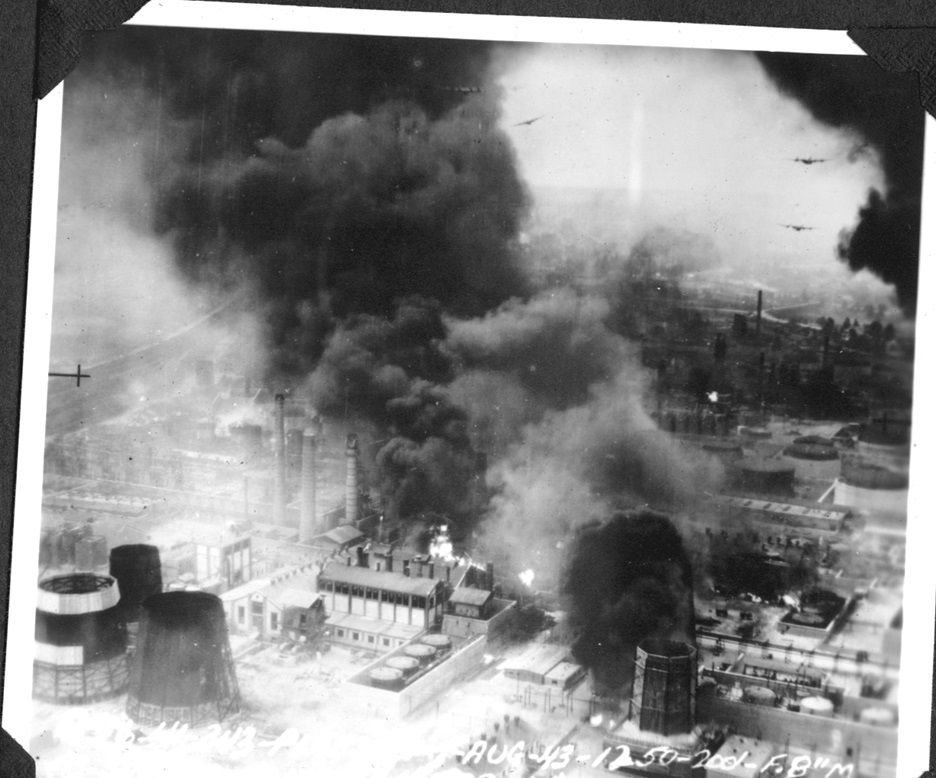
Bombing of the Ploesti oil fields in Romania, 1943. B-24 Liberators completing their bomb runs can be seen in the distance. The camera settings are in the bottom right of the photo.
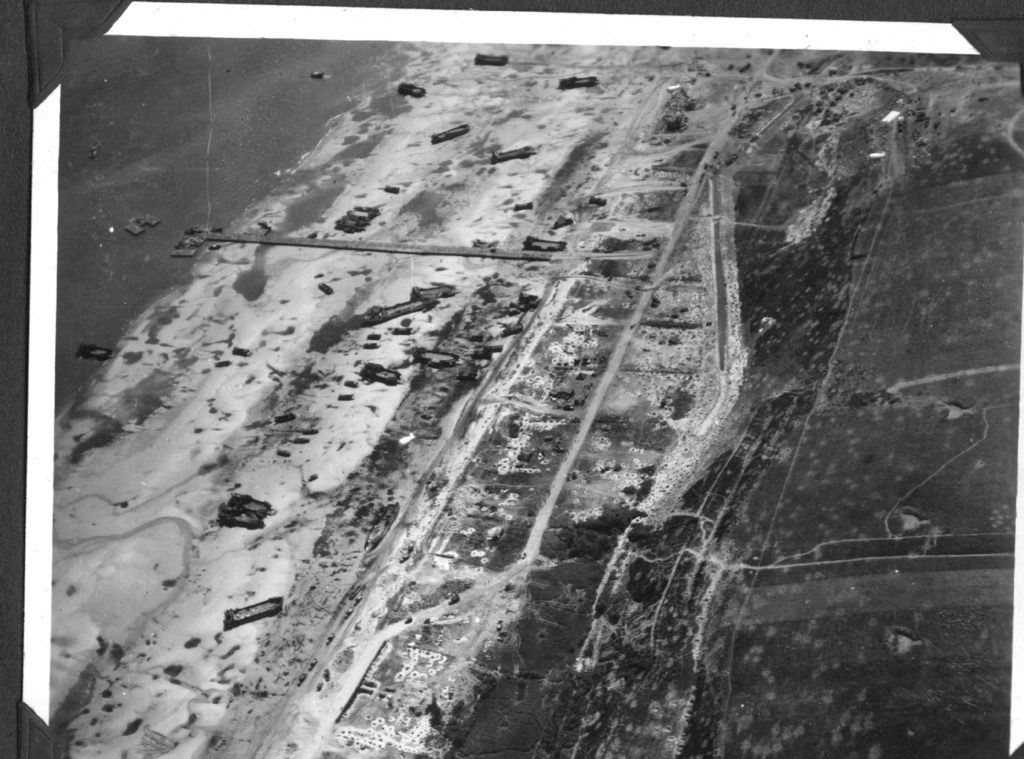
Invasion beach, Normandy, 1944.
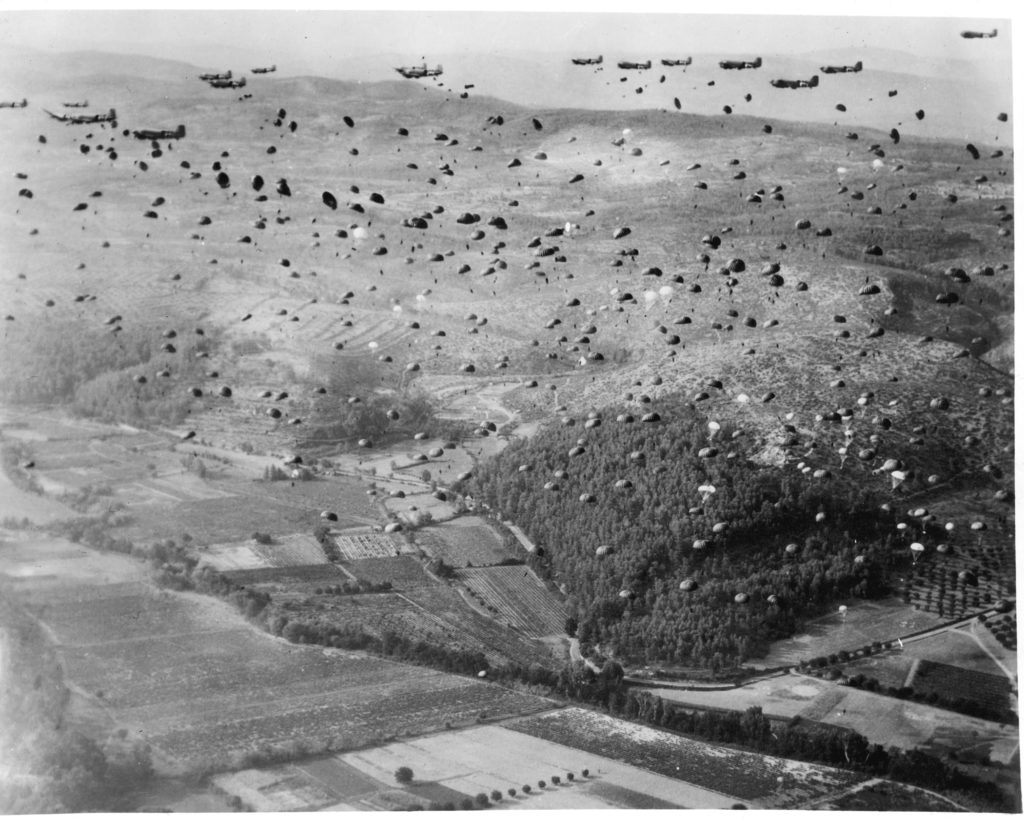
Airborne operation Dragoon in southern France, 1944.
Not only did the planes take soldiers into battle;
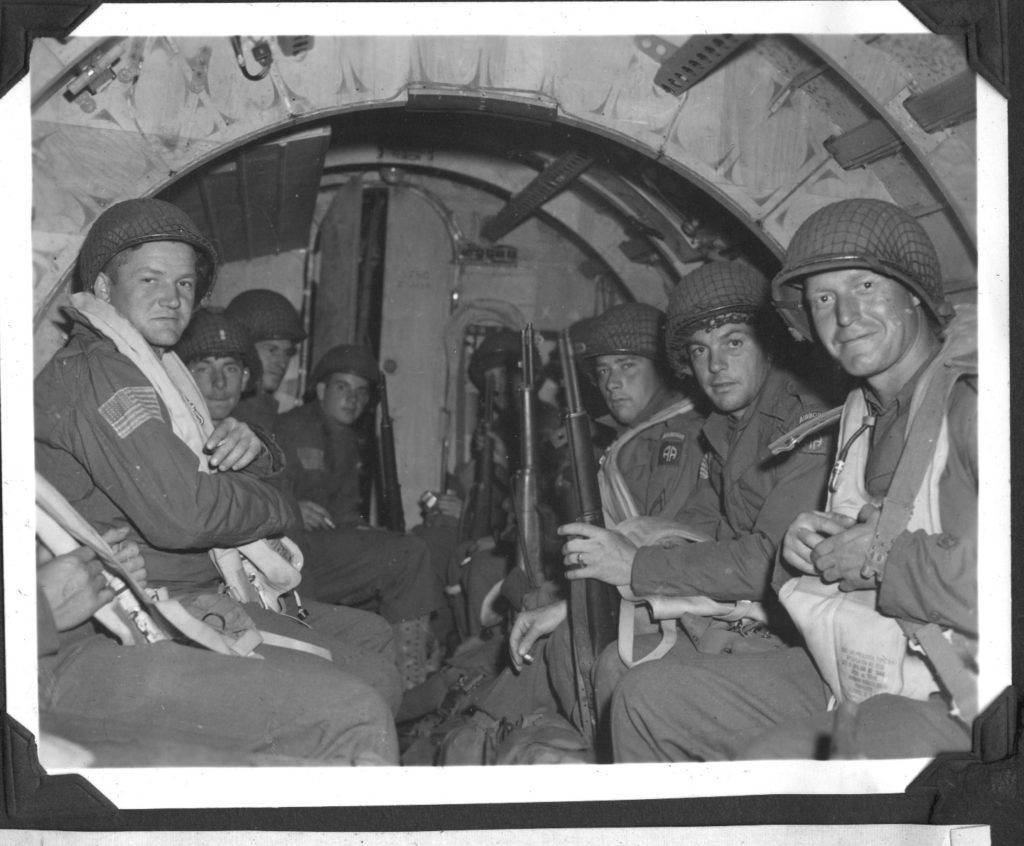
82nd Airborne troops in a glider heading to France, 1944.
but they brought the wounded back to England:
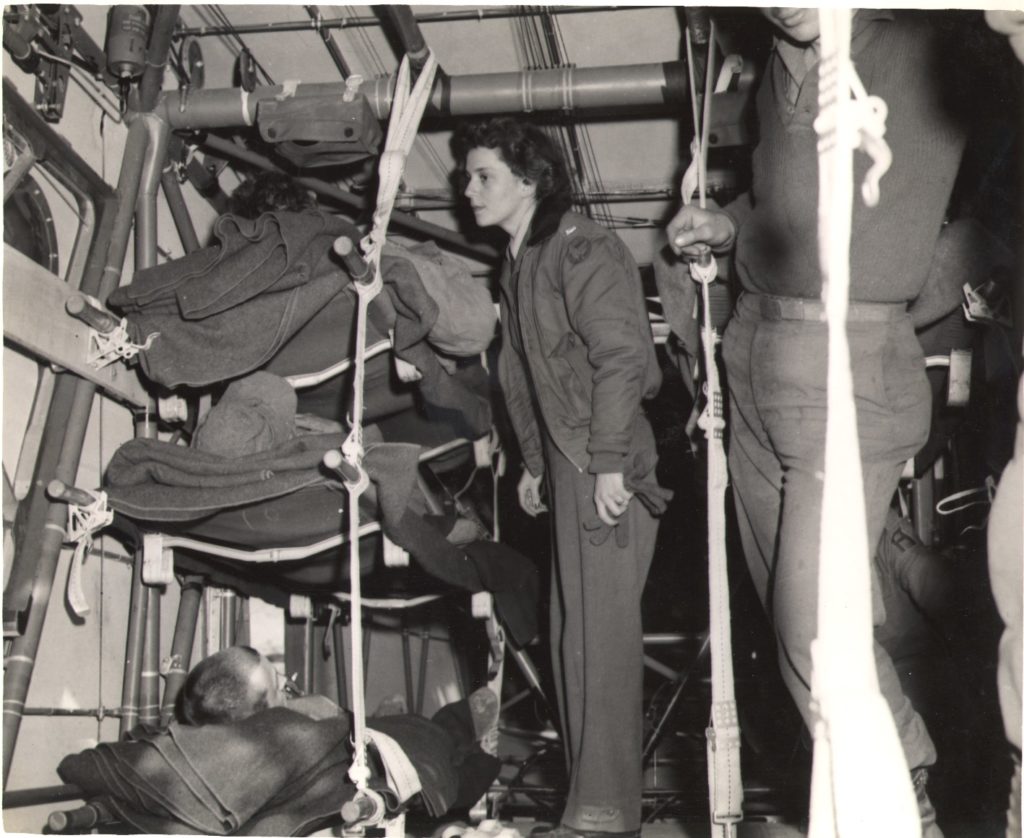
Army Air Forces flight nurse tends to wounded soldiers in a C-47 Hospital Ship flying from Europe to England.
The photographers saw some well-known locations from the air:
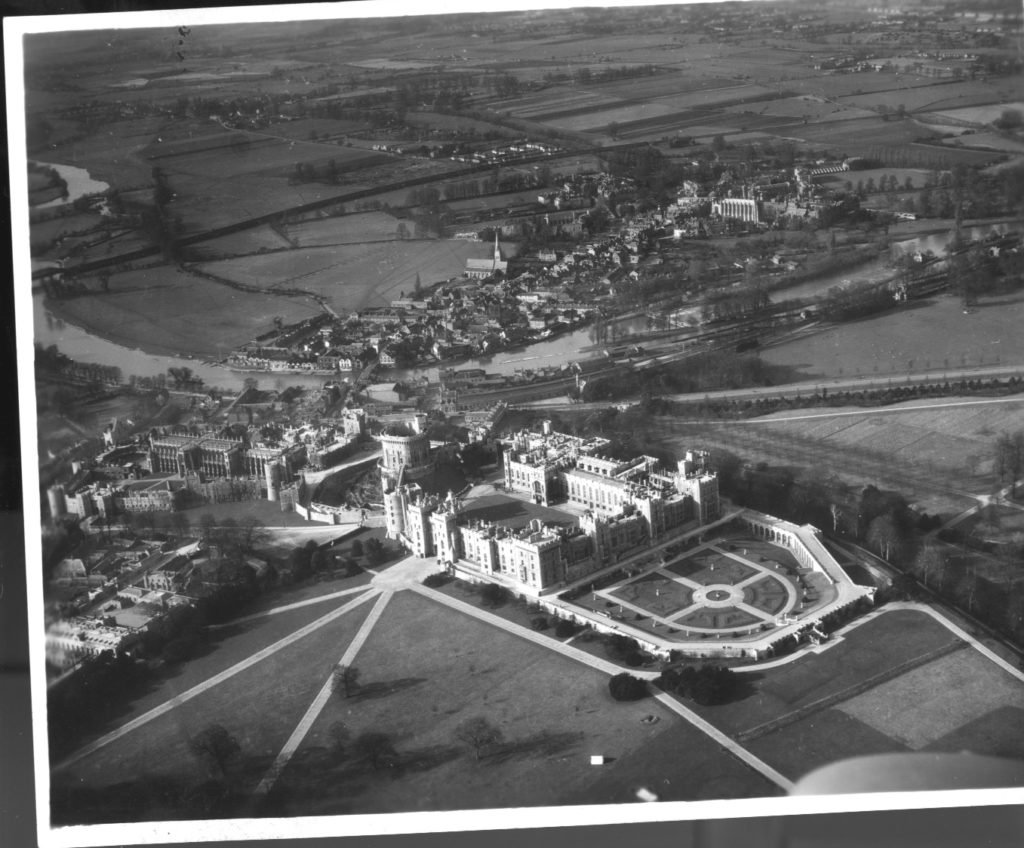
Windsor Castle, home to the British royal family, in England.
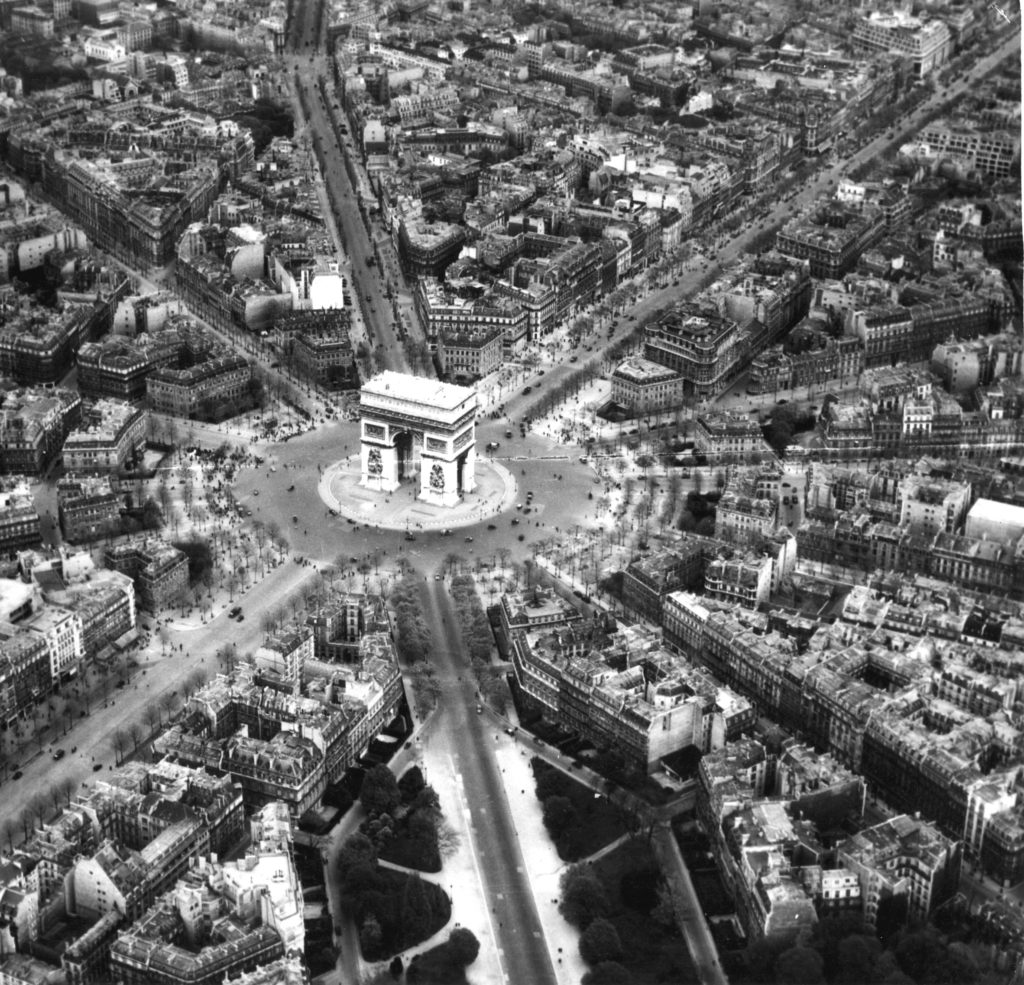
Arc de Triomphe, Paris.
They also saw famous places on the ground:
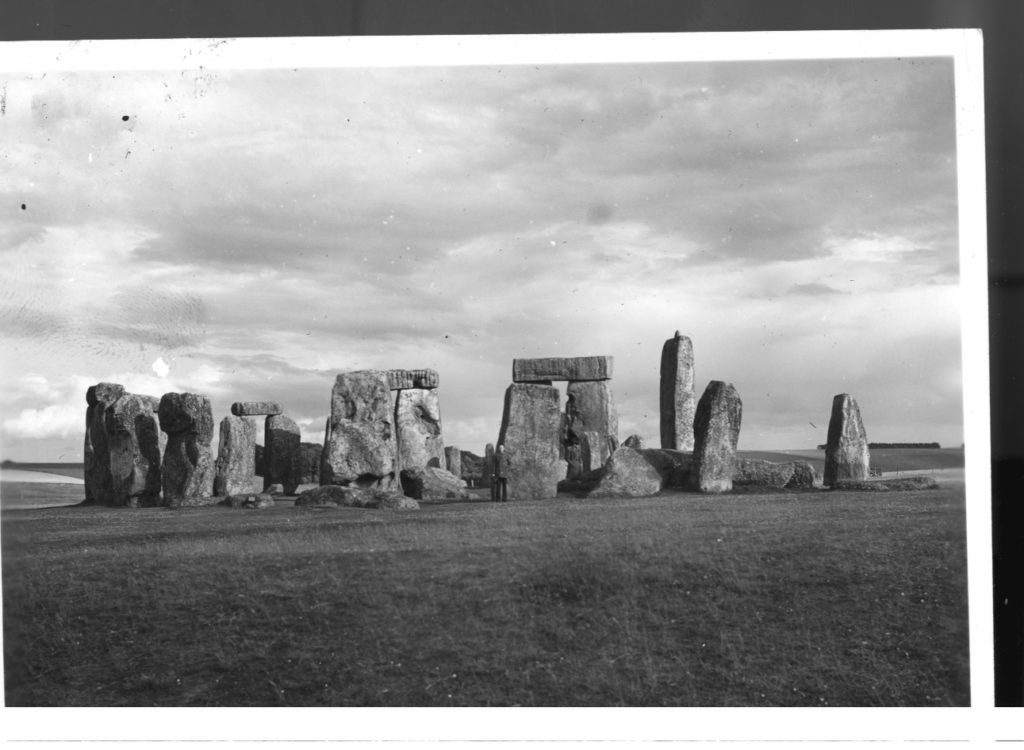
Stonehenge, Salisbury Plain, Wiltshire, England.
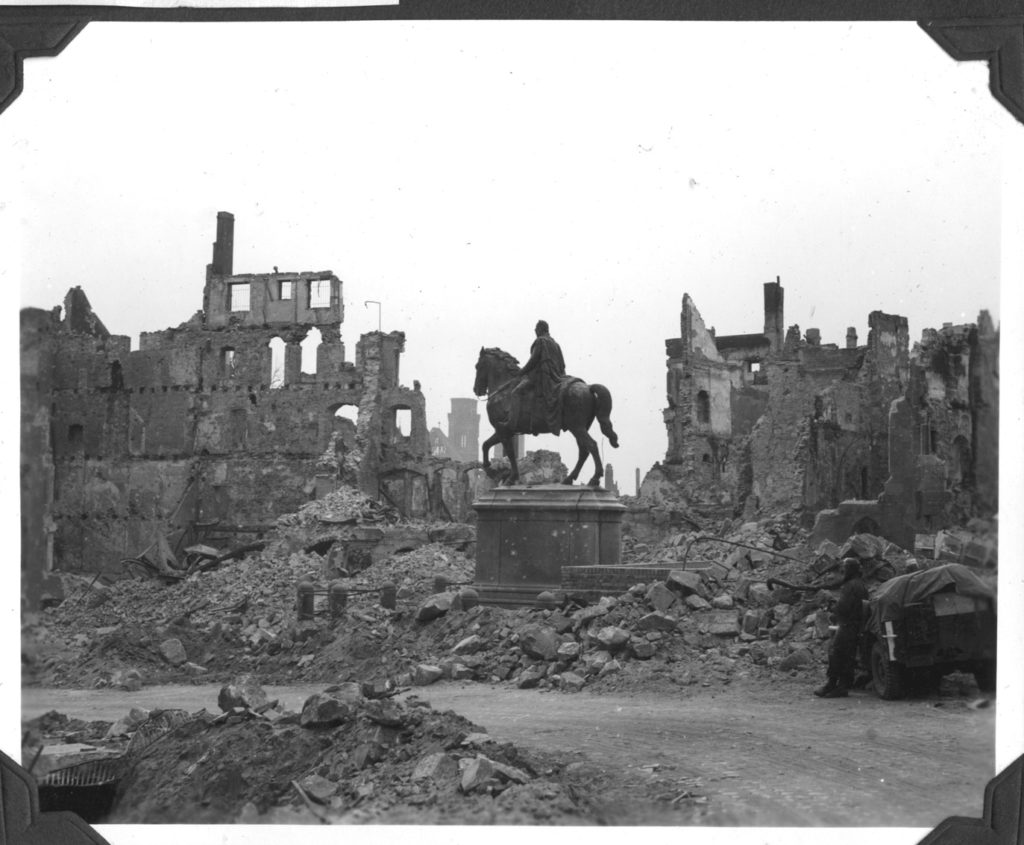
Nuremberg, Germany, 1945.
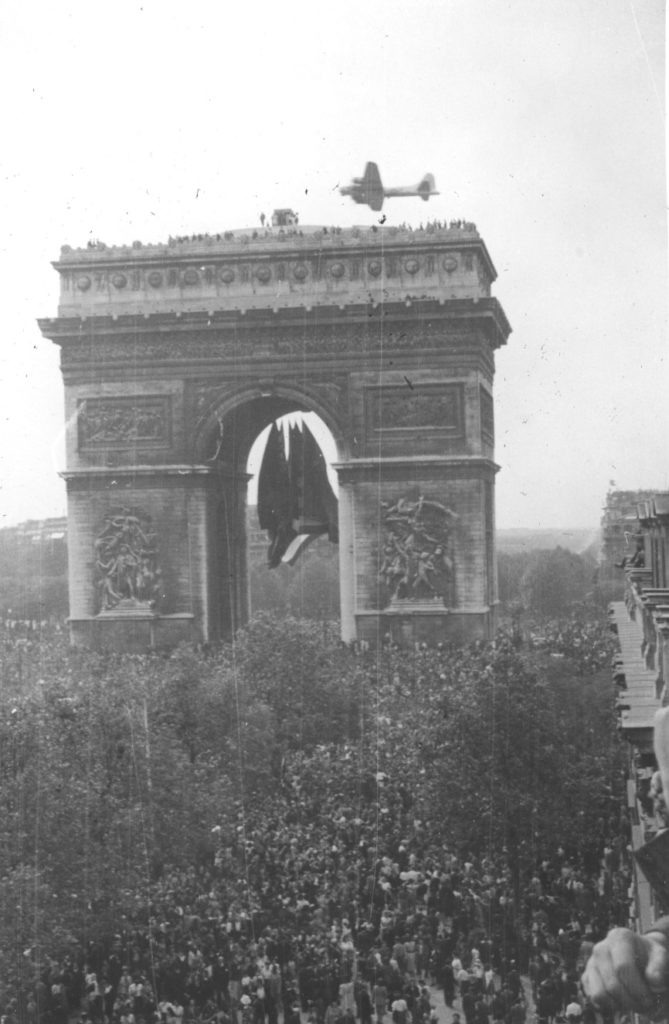
B-17 flying over the Arc de Triomphe on V-E Day, 1945. Large flags from allied countries fly under the arch.
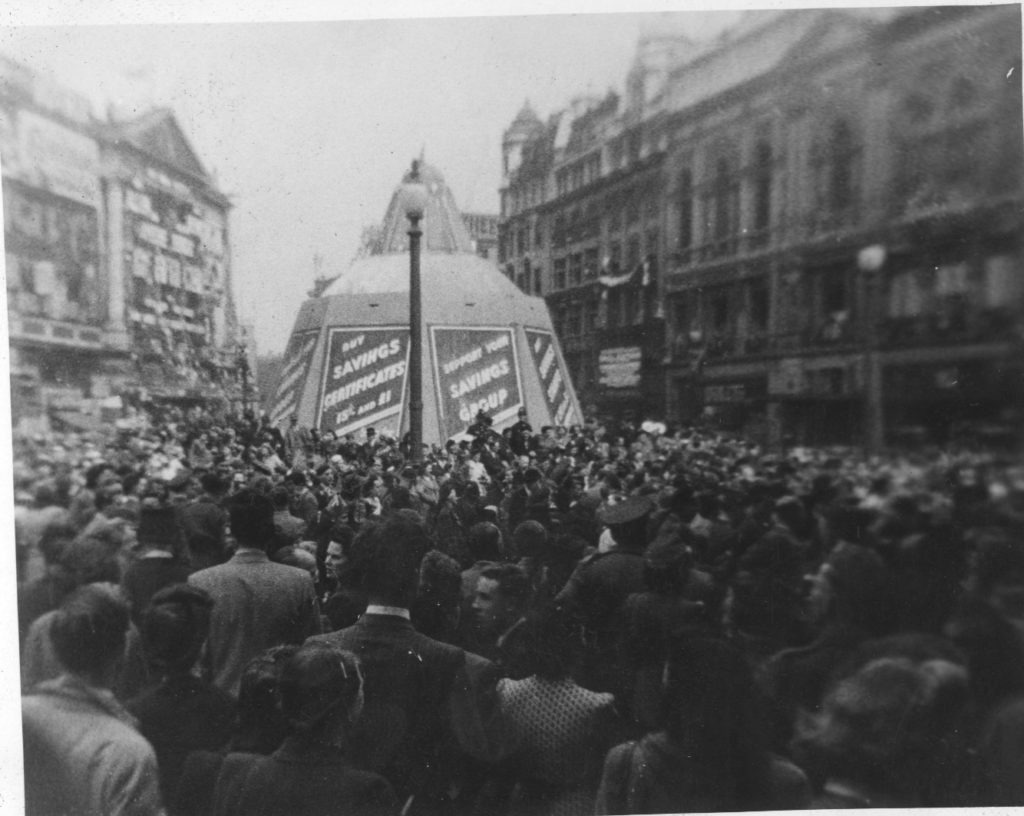
V-E day crowds, London, 1945.
The photographers also had assignments to photograph civilian and military leaders in England and Europe.
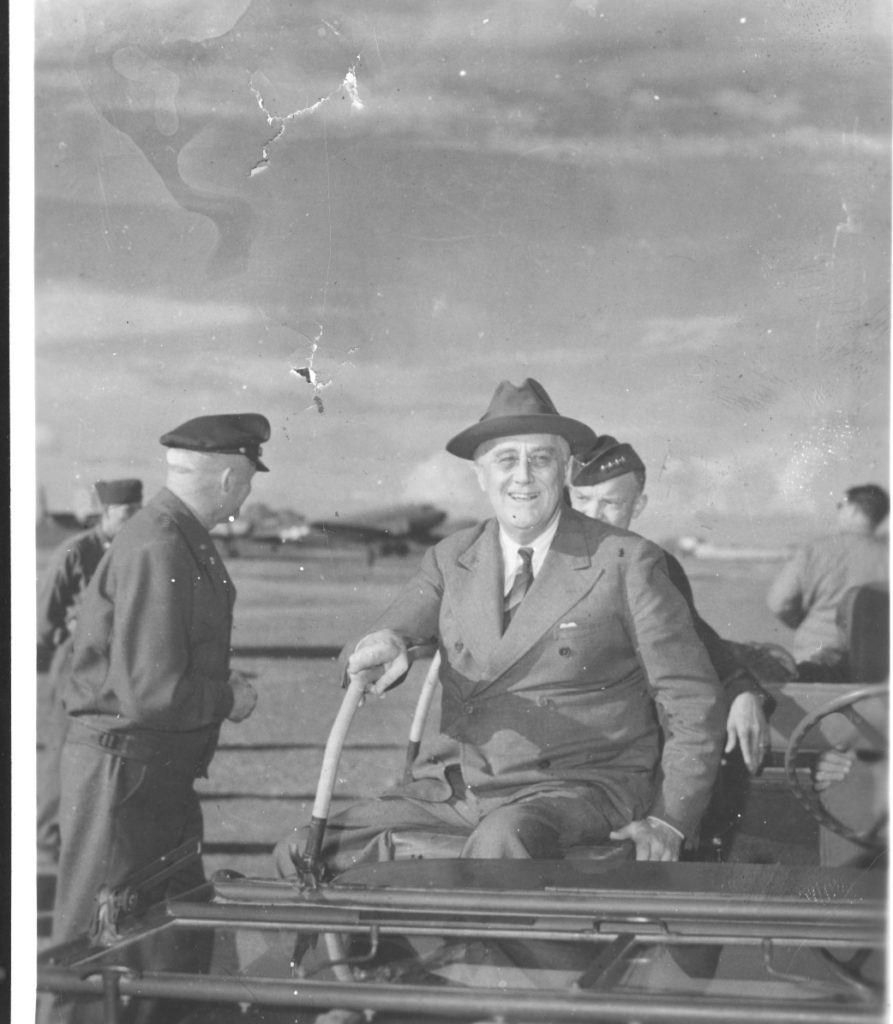
President Franklin Roosevelt with generals Henry “Hap” Arnold and Dwight Eisenhower in England, 1943.
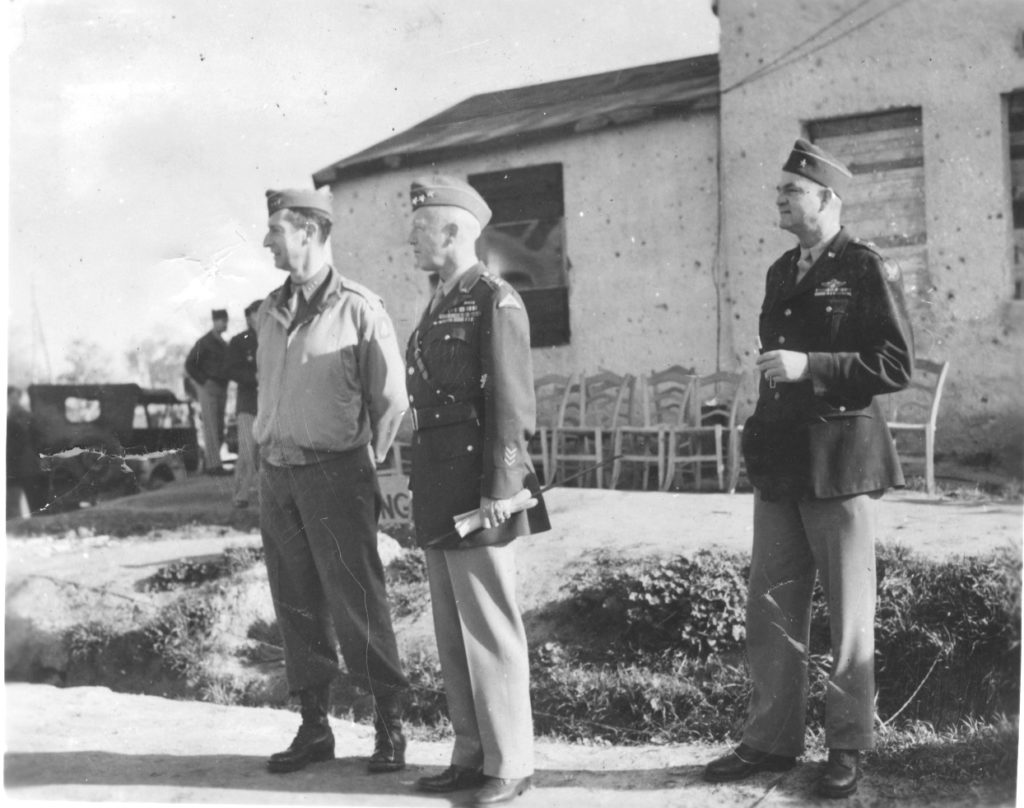
Generals Mark Clark and George Patton, 1945.
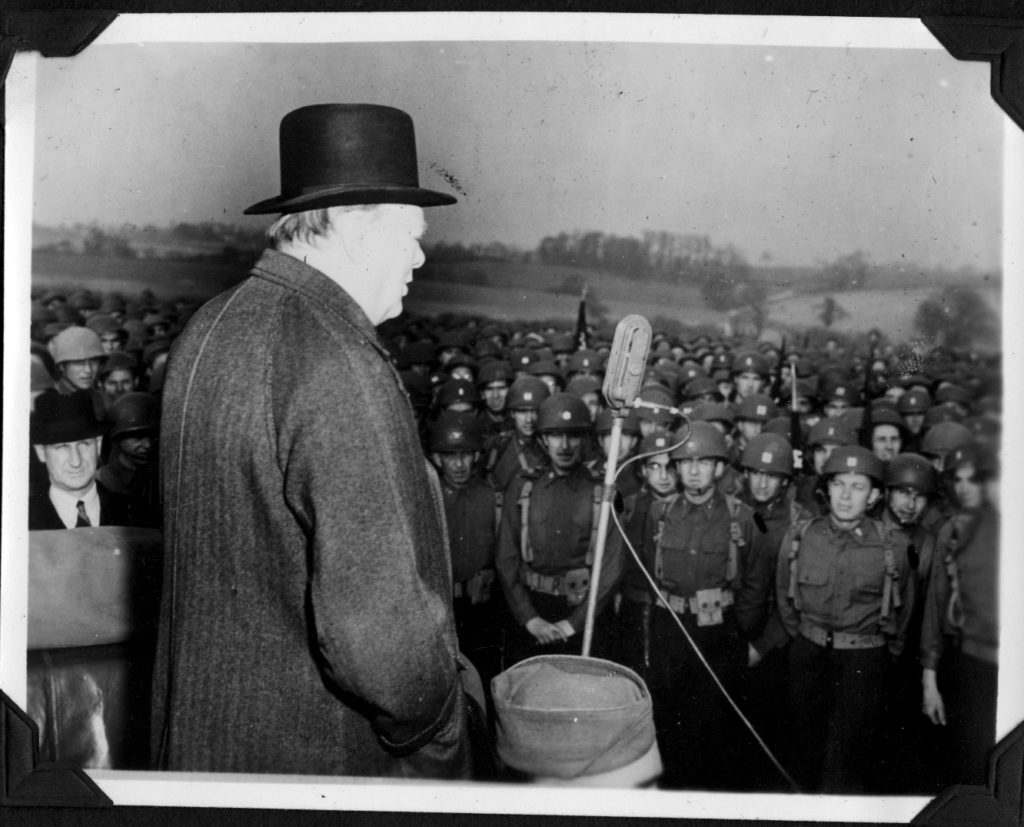
British Prime Minister Winston Churchill speaking to U.S. airborne troops.
While the photographers may not have been flying the planes or dropping the bombs, their important job produced visual information used during after-action reports, future campaigns, and in Army record keeping.
They also leaned out of those planes taking photos with no safety equipment and in dangerous freezing temperatures, heroes in their own way.
The Phillip Ecelberger collection contains more than 300 photos, many more than can be shown in a blog. This collection, along with approximately 500 others, are available for research in the library by appointment.
Before becoming director of library and archives at the George C. Marshall Foundation, Melissa was an academic librarian specializing in history. She and her husband, John, have three grown children, and live in Rockbridge County with three large rescue dogs. Melissa is known as the happiest librarian in the world! Keep up with her @MelissasLibrary.
